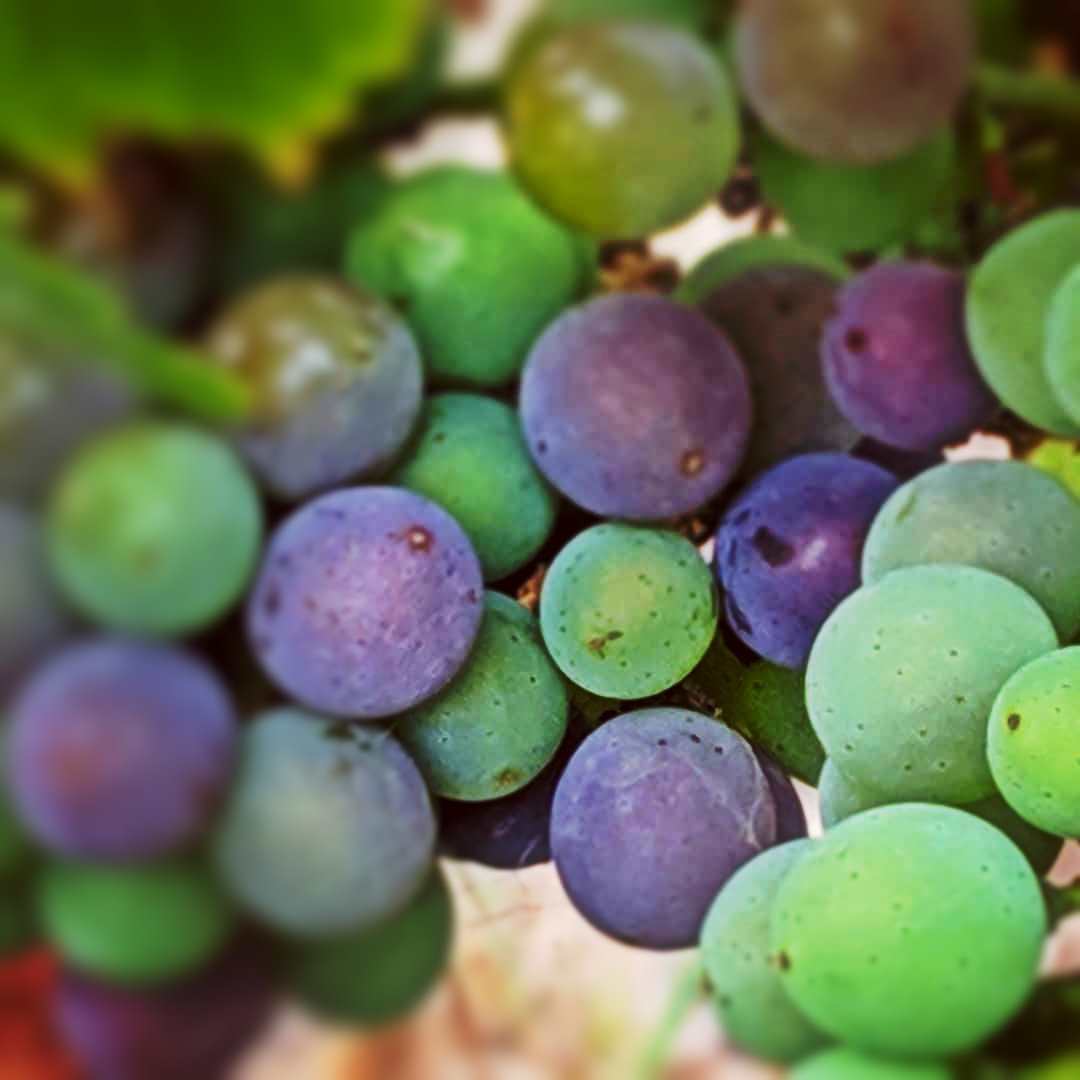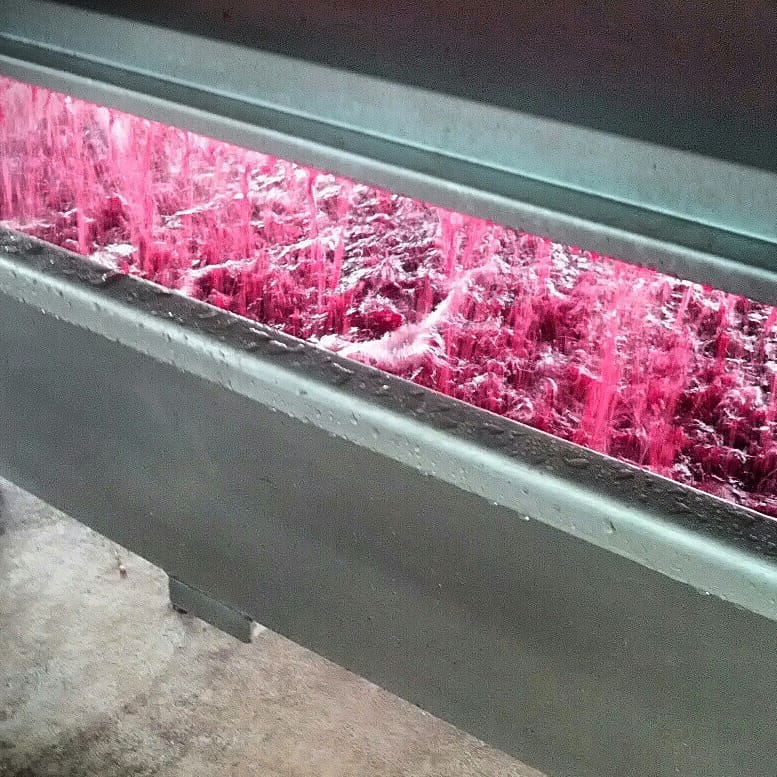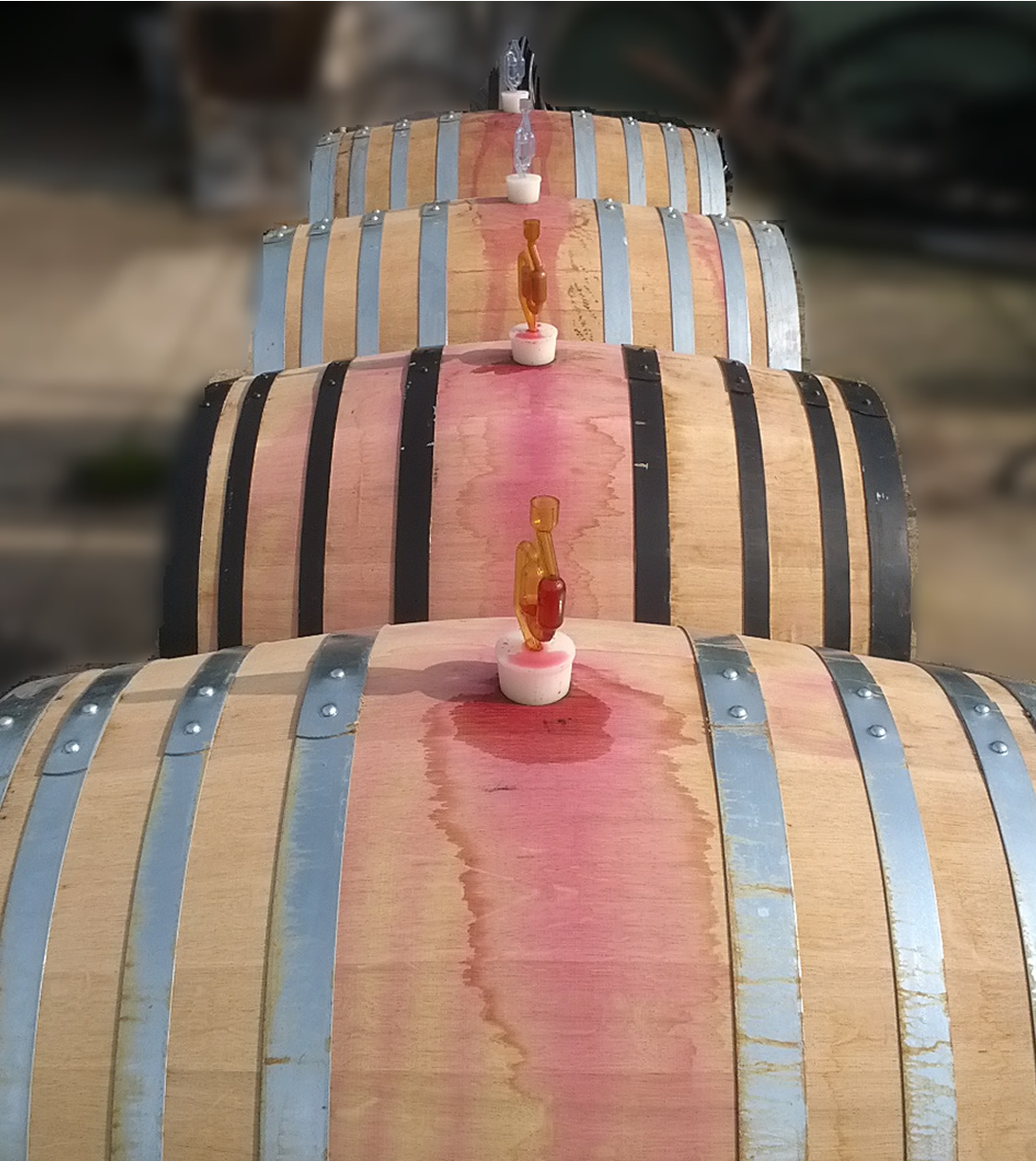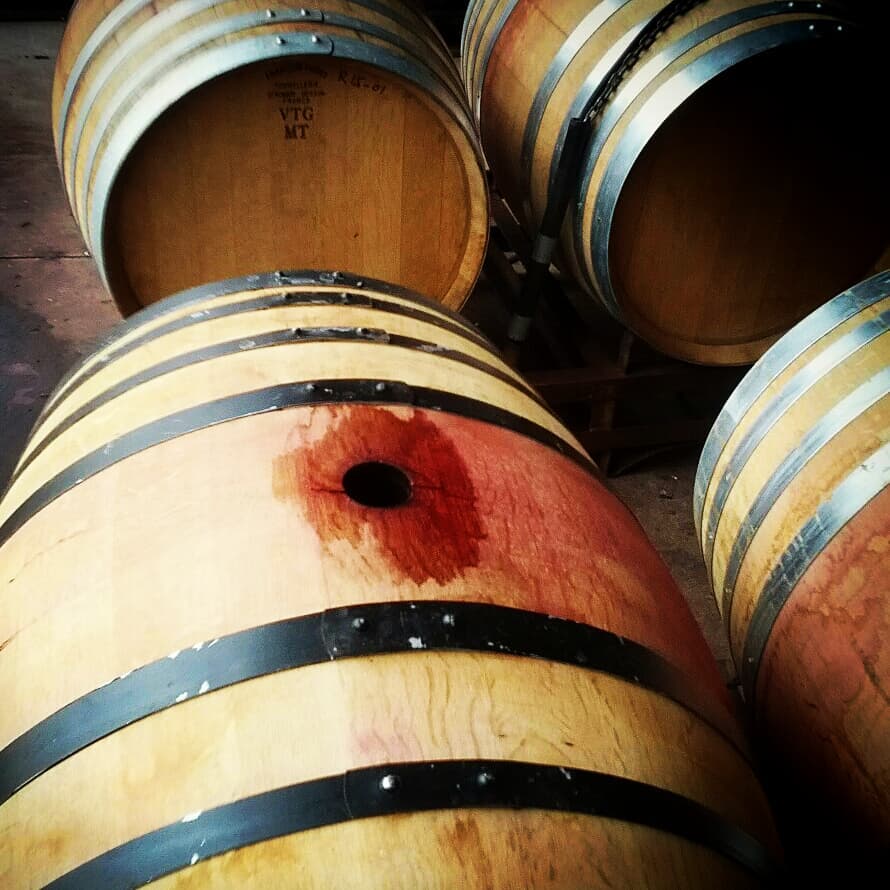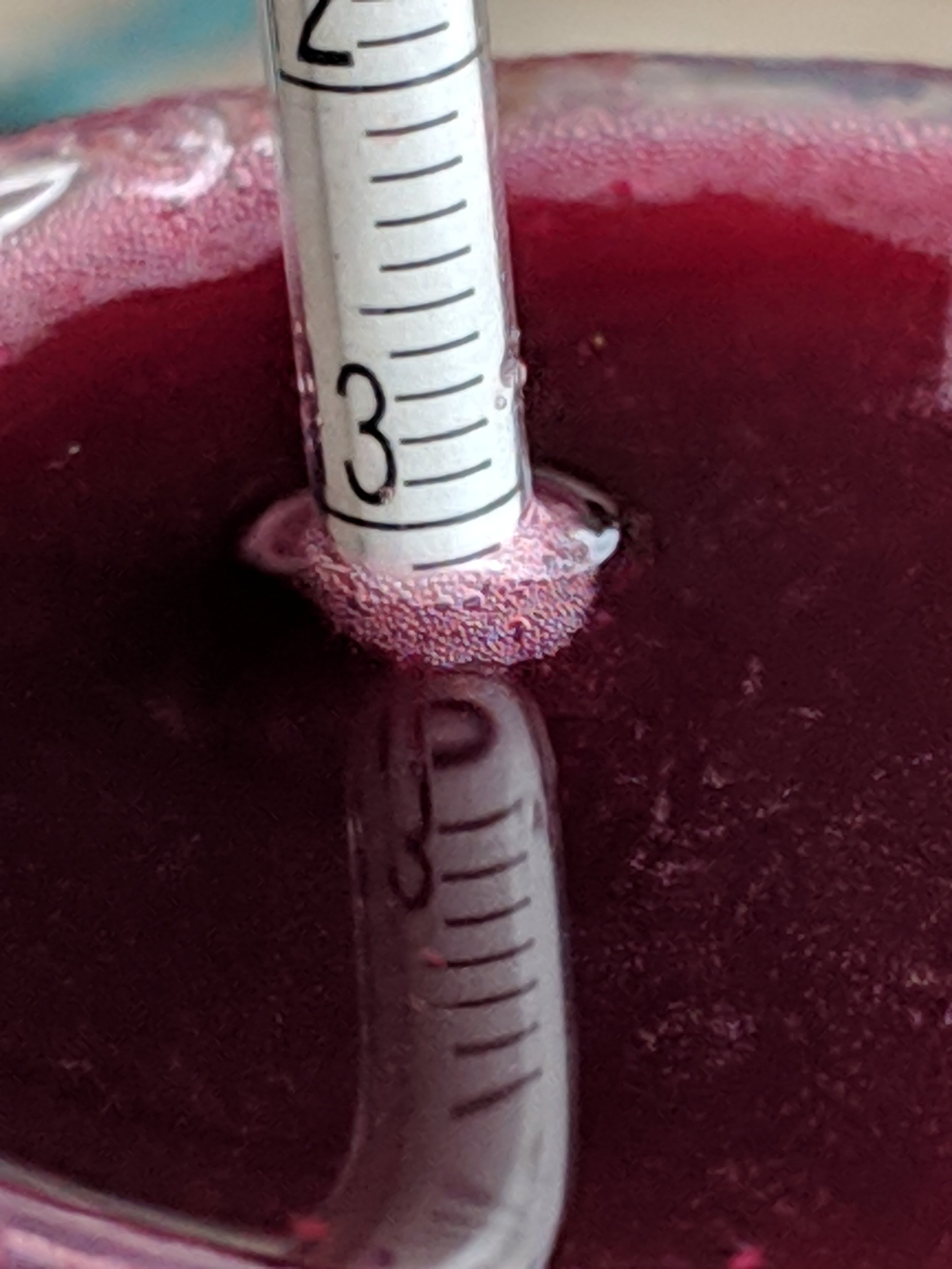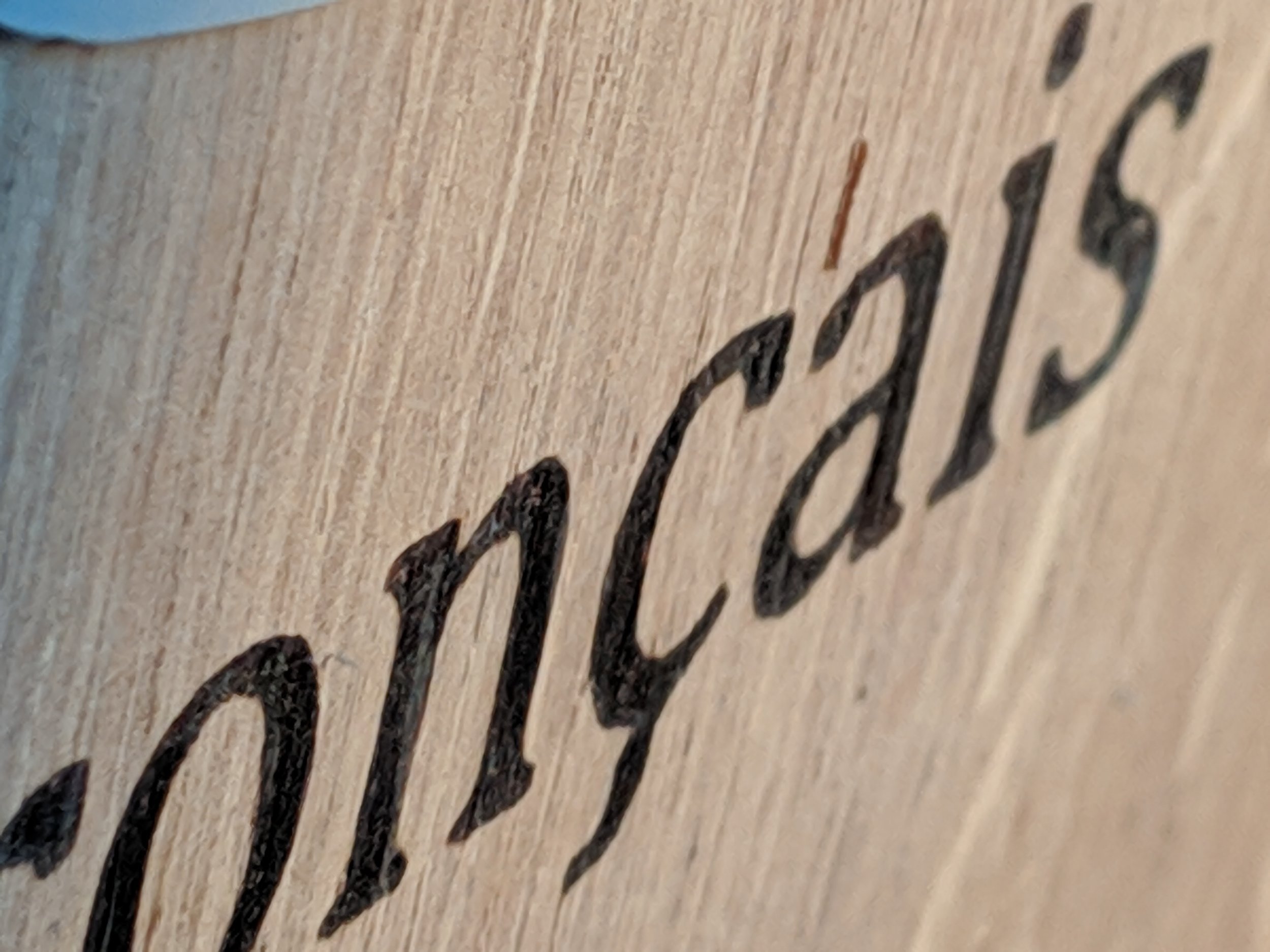Pinot noir
"Good wine is made in the vineyard" - this is particularly true where Pinot Noir is concerned. You need to get everything right: climate, soils, clonal selection, planting density, cropping levels and ripeness. It's a variety that reflects all these factors in the finished wine.
Blocks 1 and 2 are planted at fairly conventional densities of 3200 vines per Ha. The MV6 clone (Block 1) is the mainstay of Australian Pinot Noir, producing small berries and bunches and attractive fuller bodied wines with good colour. In developing Block 2, we had the opportunity to access the newer Bernard Clones, the 114 clone was chosen for it's earlier ripening and really seductive aromas.
A trip to Oregon in 2004 reinforced our interest in higher density plantings and the quality of wines produced. The result is our most recent development - a series of small parcels of 7 different clones: 114, 115, 667, 777, Abel, 943, and G5V15. These vines are planted at a density of 8888 vines/Ha, with the rows just 1.5m apart. These close planted vines are slowly coming into production and confirming our decision - exciting things around the corner.
Winemaking
Being small, we can be responsive and pick the fruit when each block is ready - not simply fitting around a larger schedule.
The Pinot Noir is selectively hand picked; approximately 20-30% is left as whole bunches, the remainder is de-stemmed into open fermenters. The ferments are protected until fermentation begins spontaneously several days later due to the action of indigenous yeasts alone. We have been using wild ferments for over ten years now and find them much more complex and attractive than when using a single strain of innoculated yeast - imagine an interesting loaf of sourdough bread.
After fermentation is finished and the wines pressed, the Pinot Noir is aged for approximately 12 months in French barriques (Francois Freres, Bossuet and Sirugue). The barrels are chosen to add complexity and structure, subtlety the key with only 20-30% new barrels each vintage.
